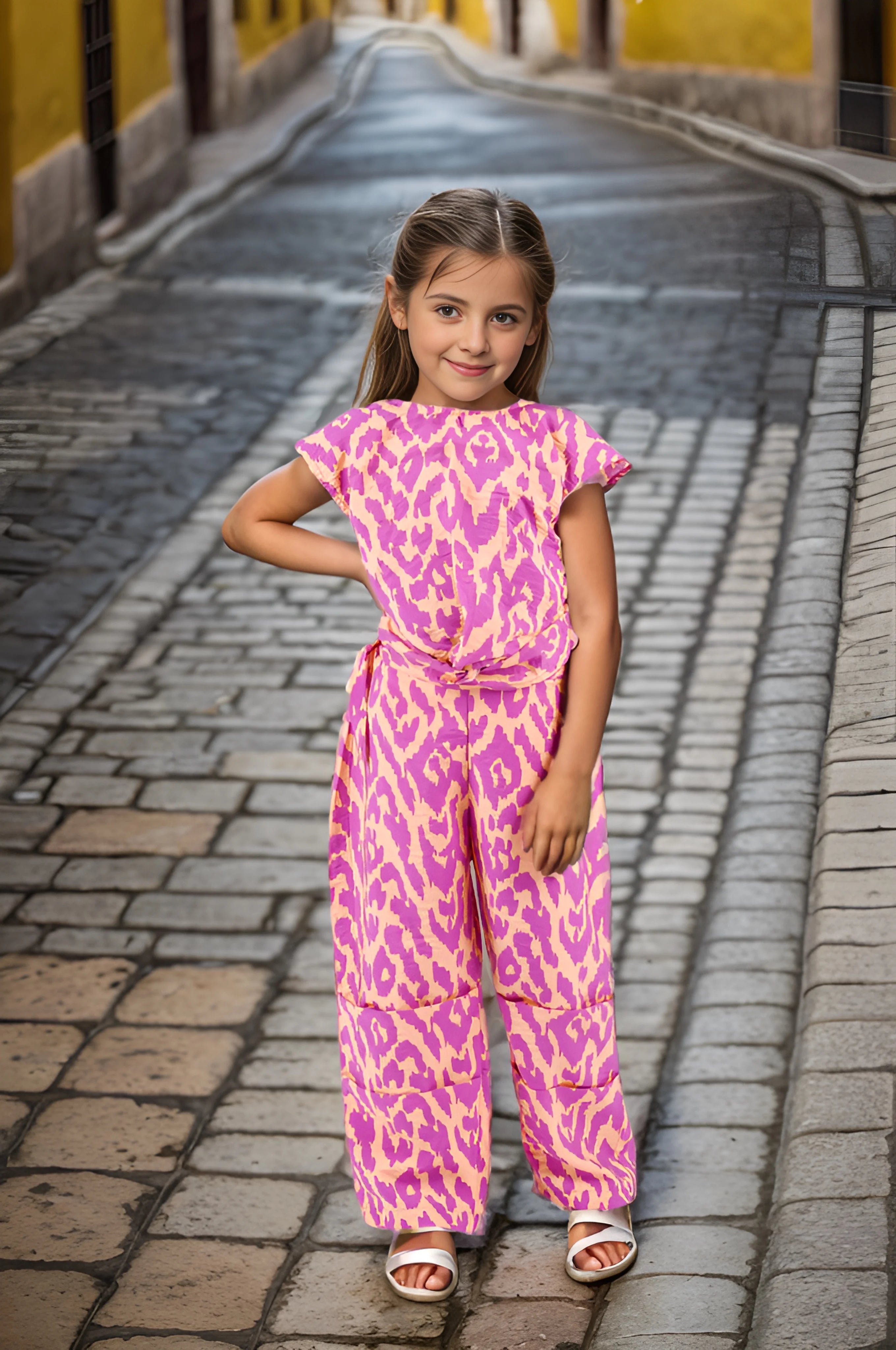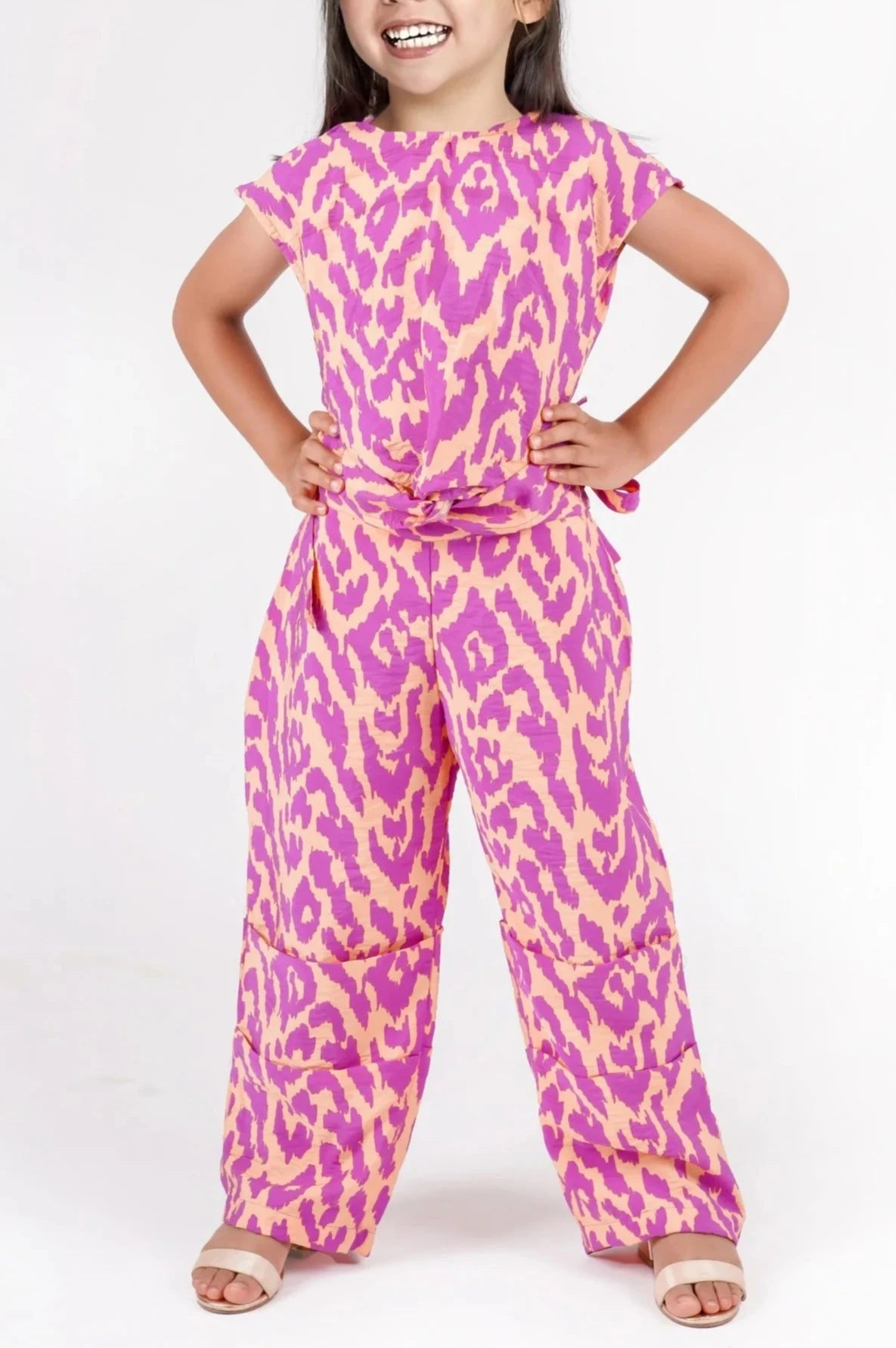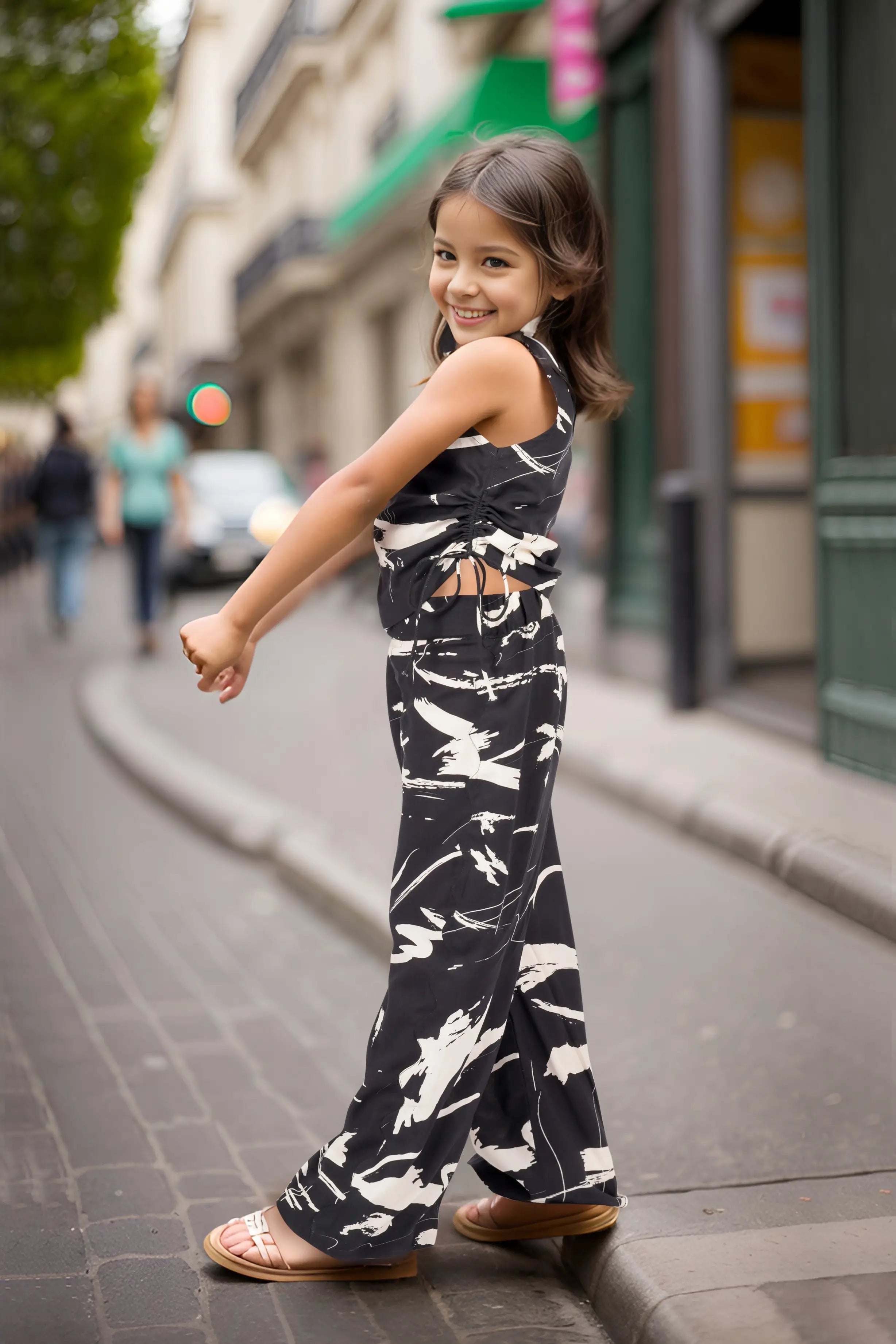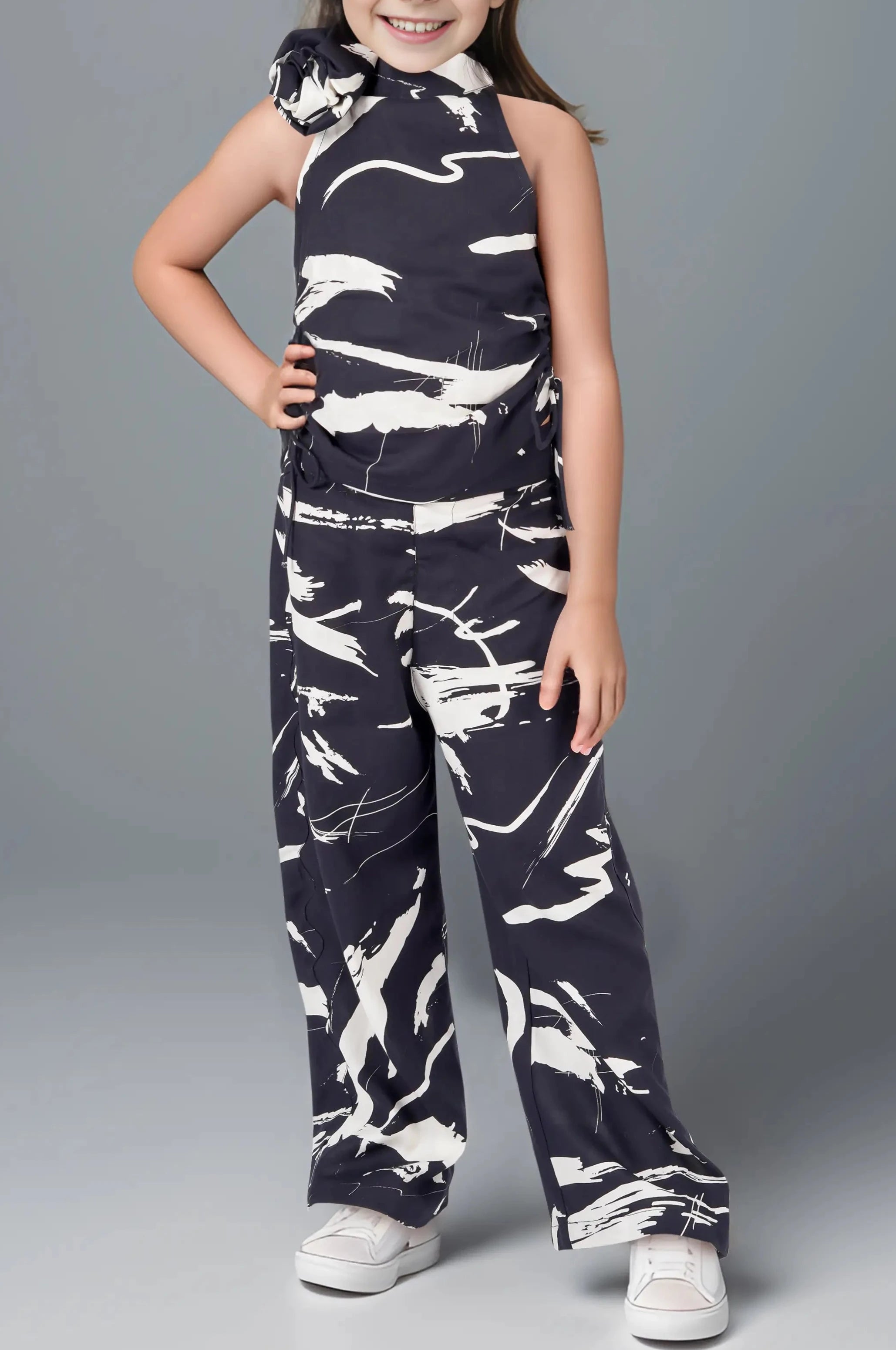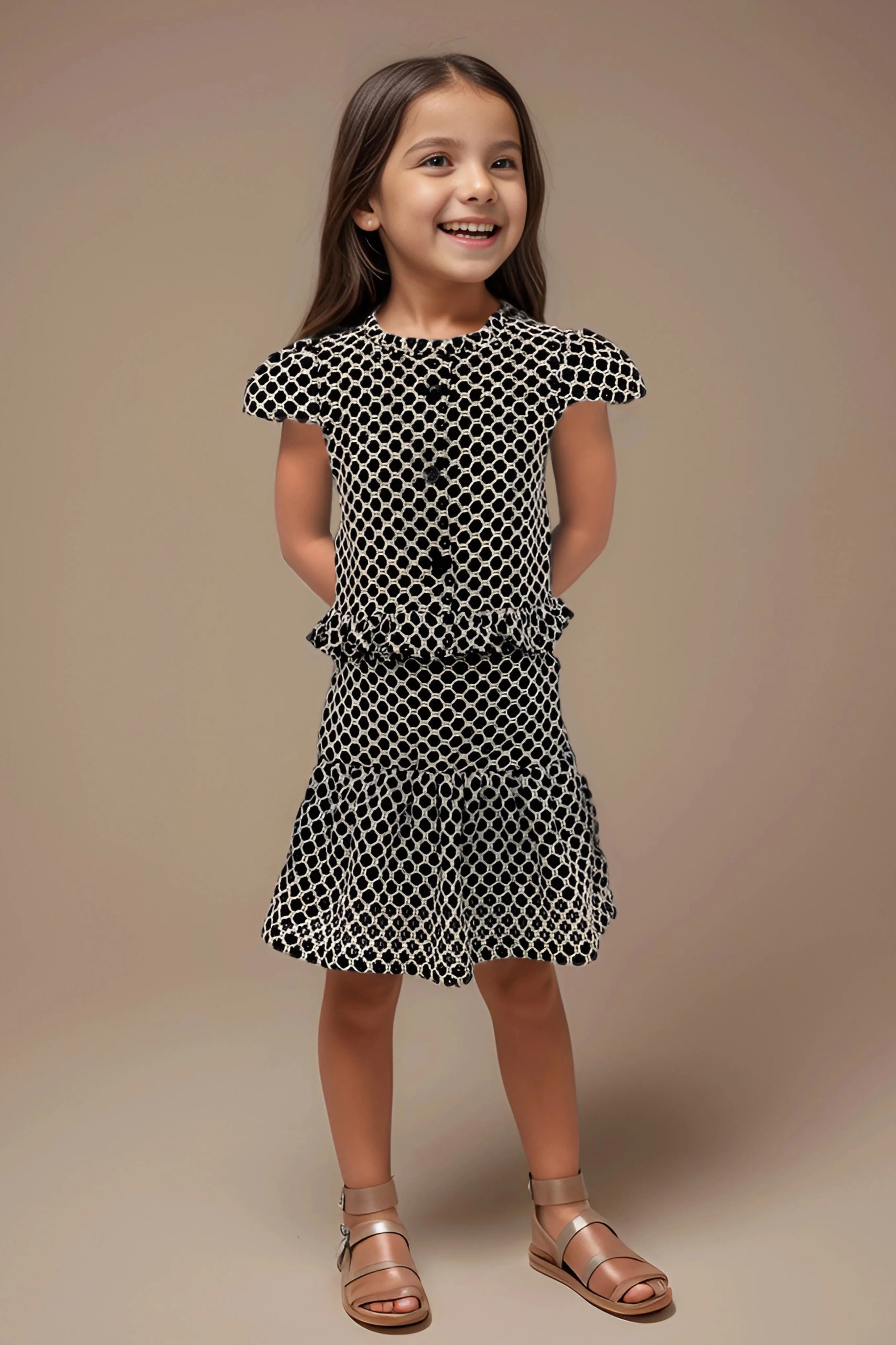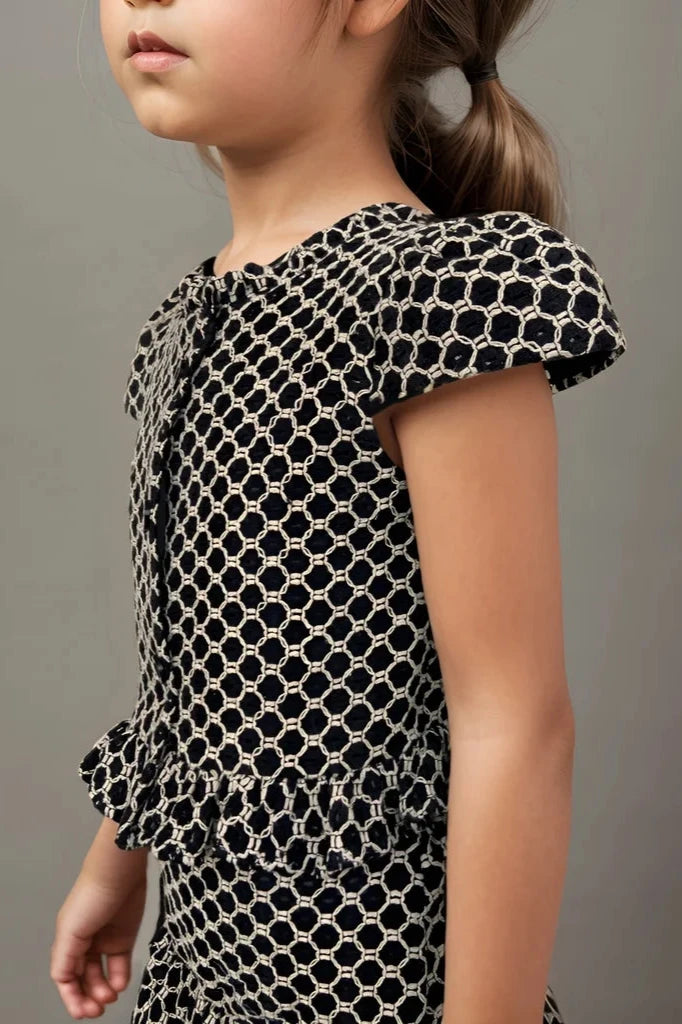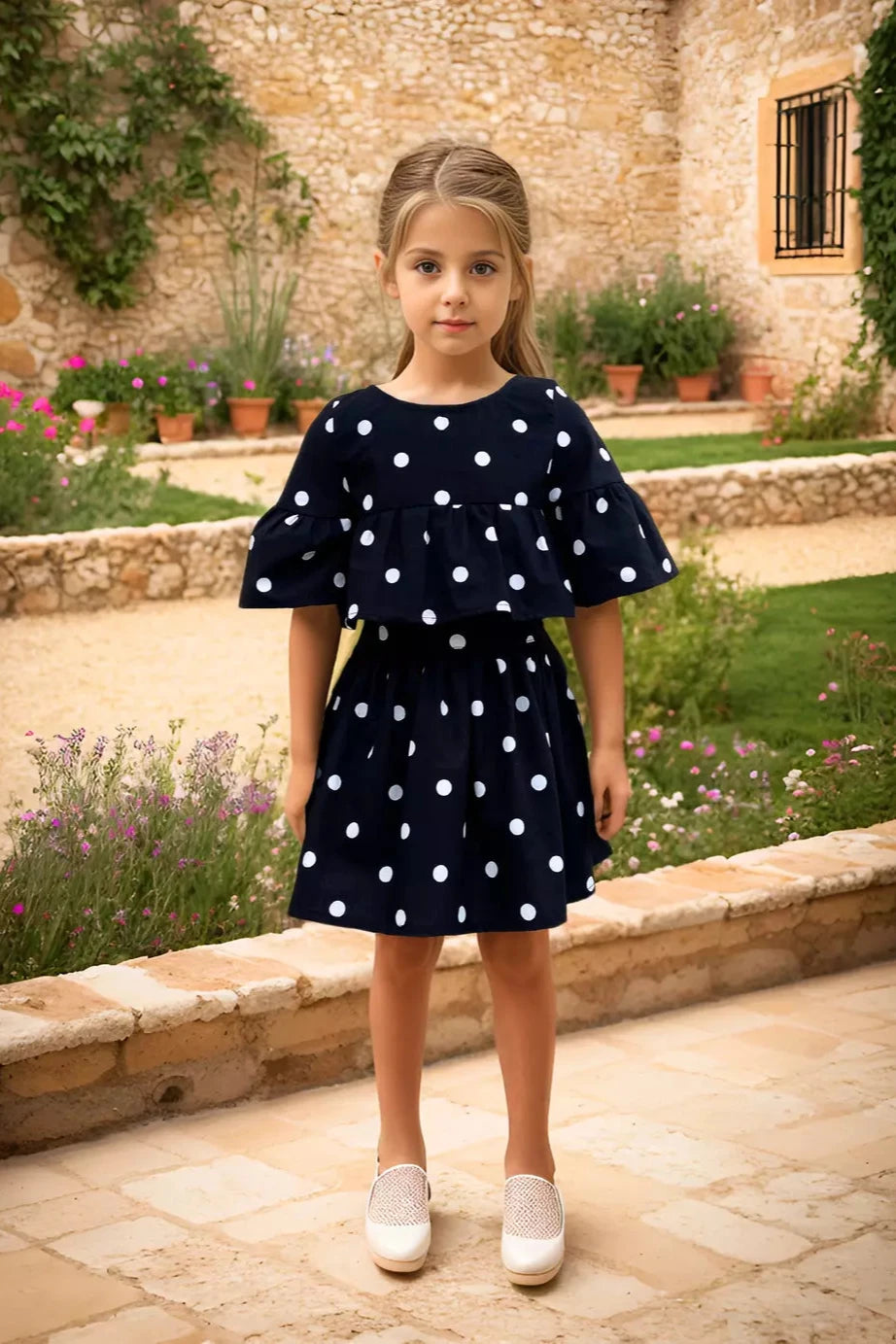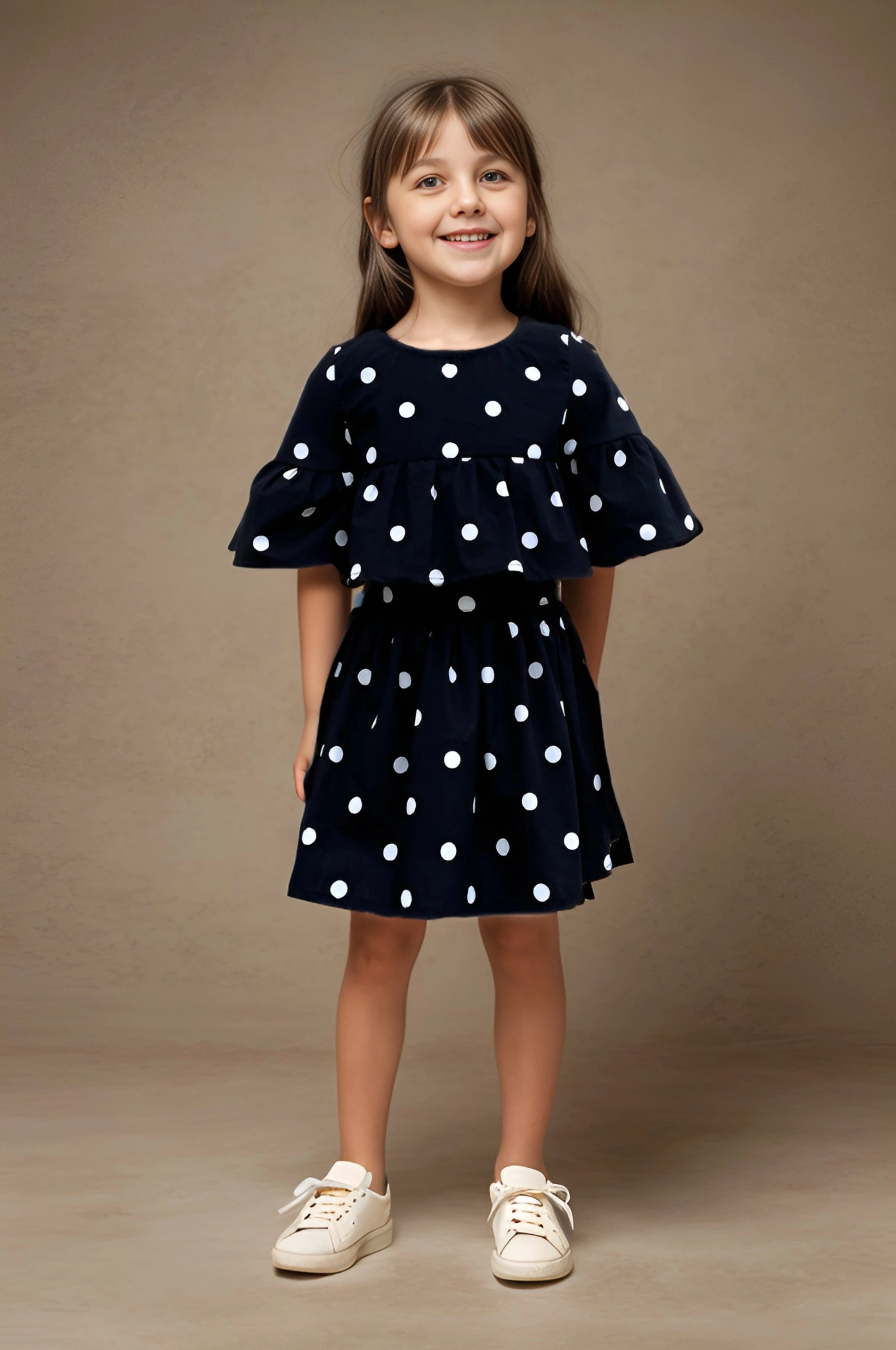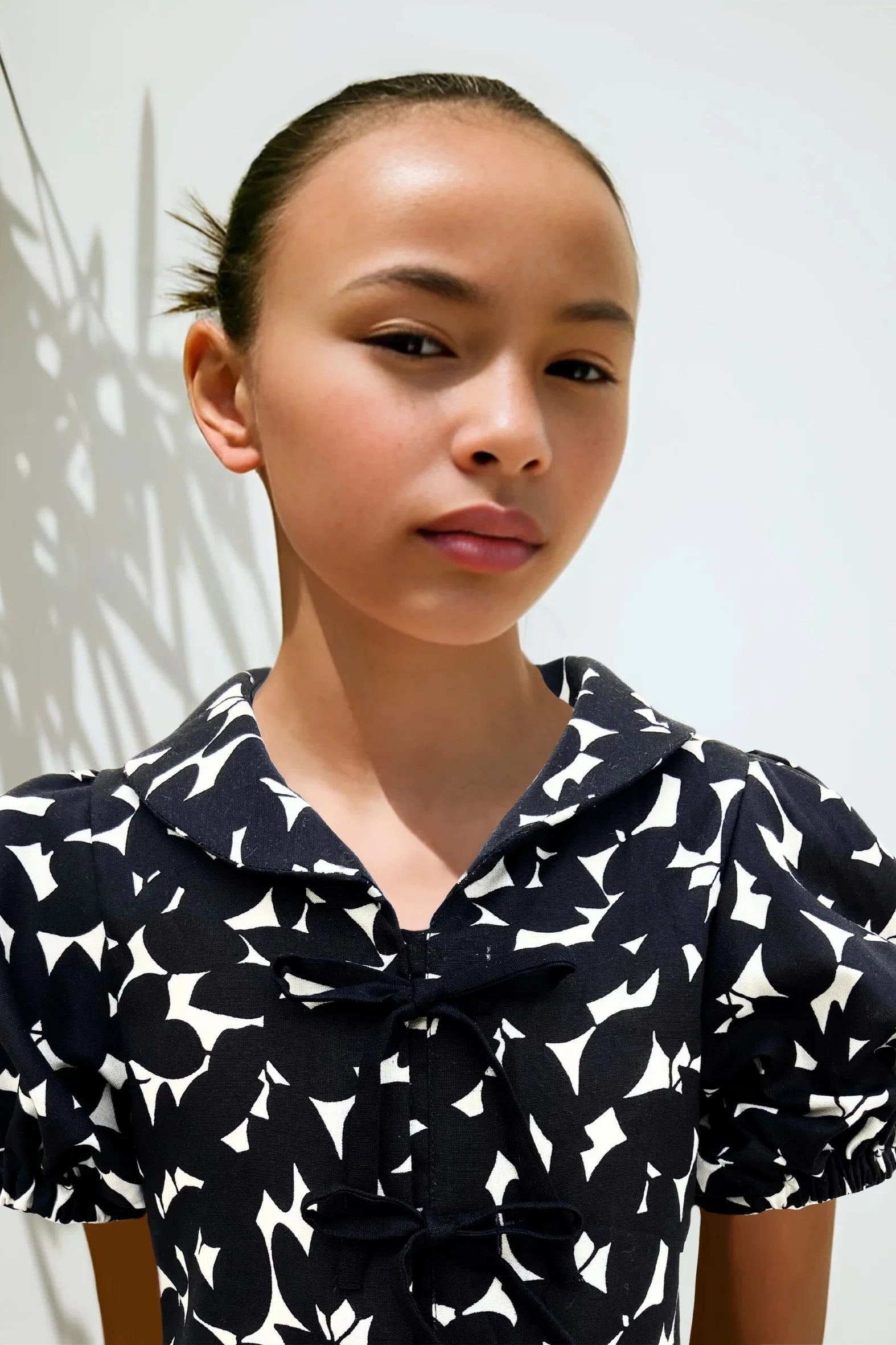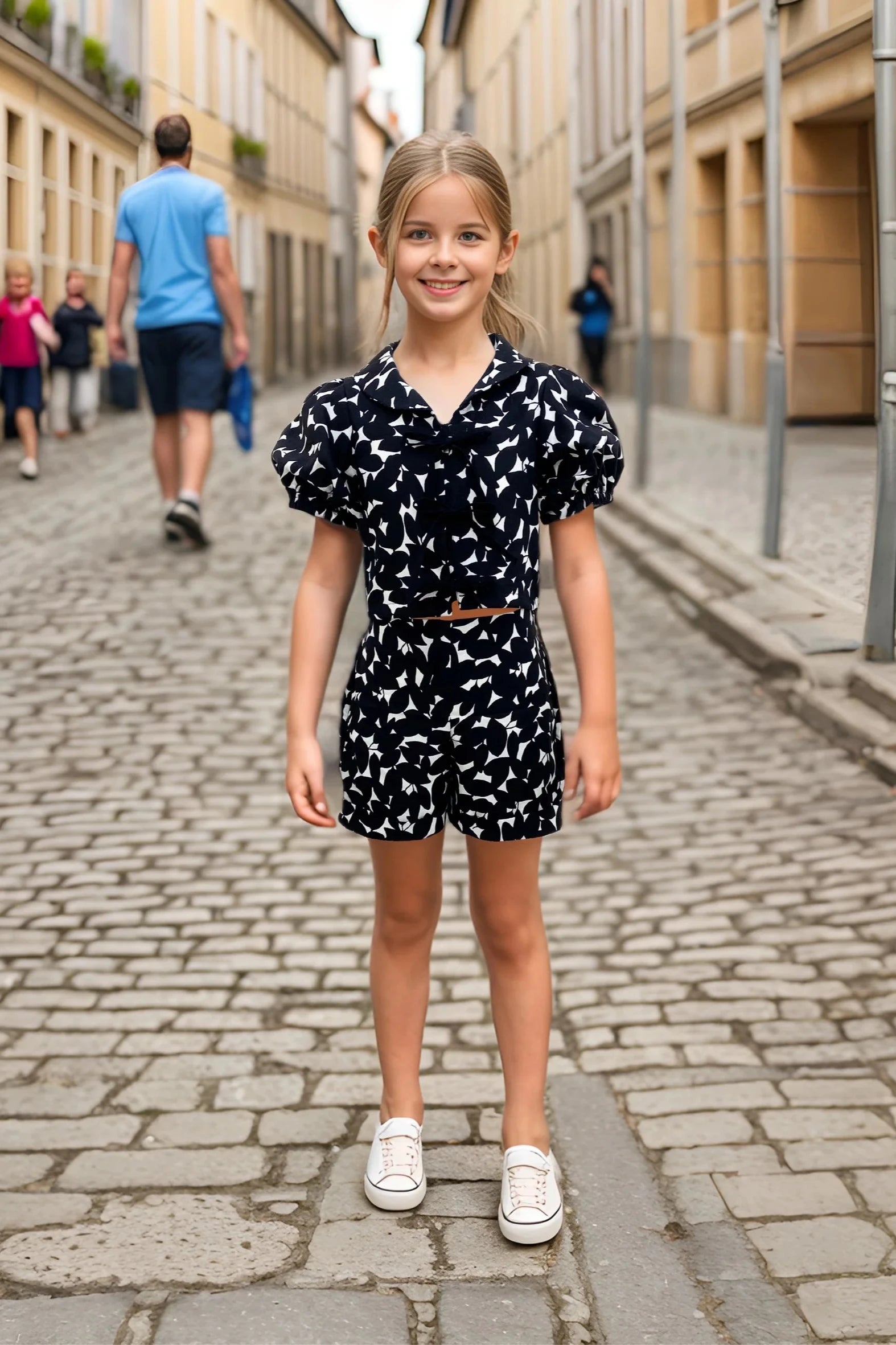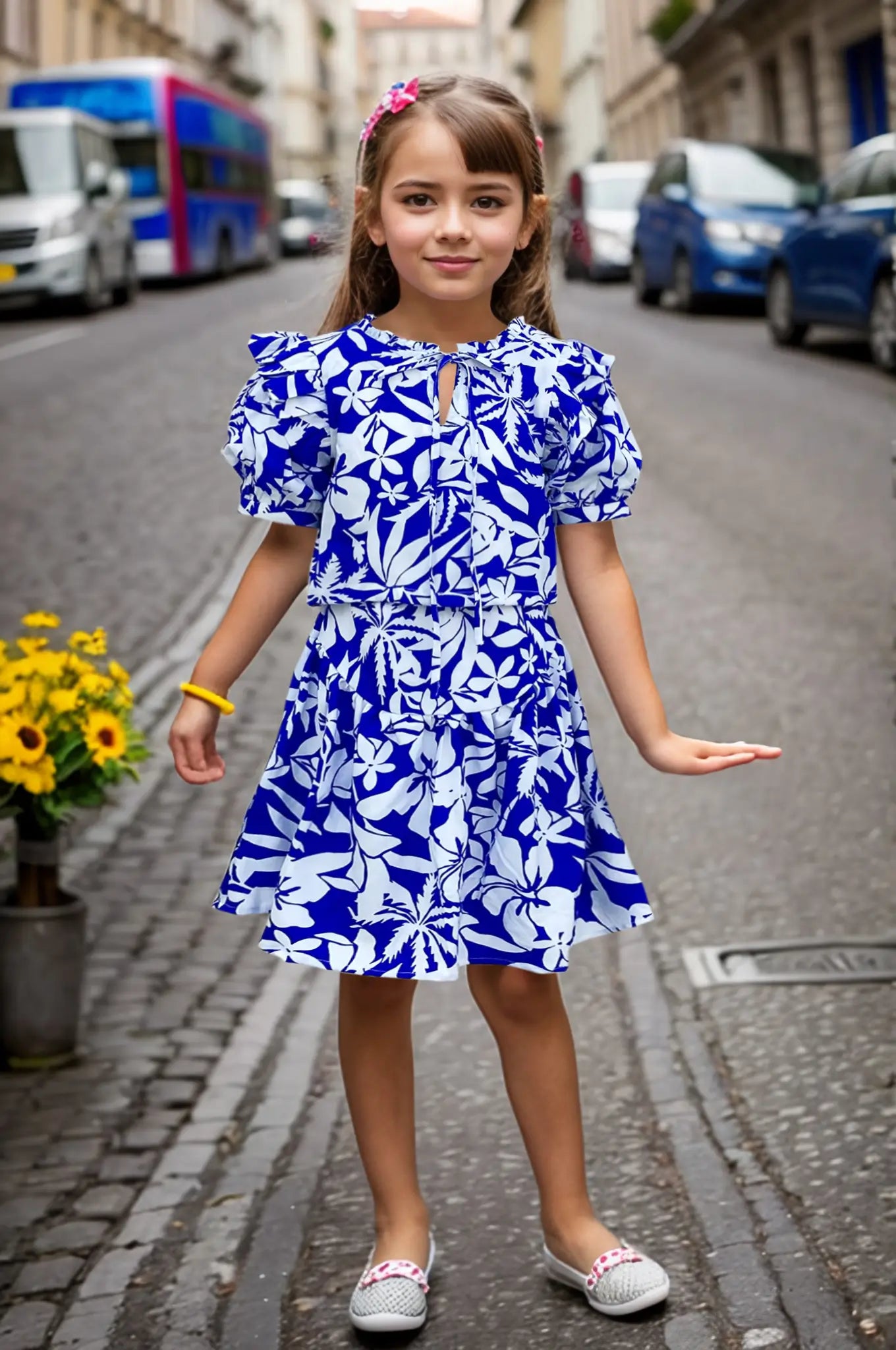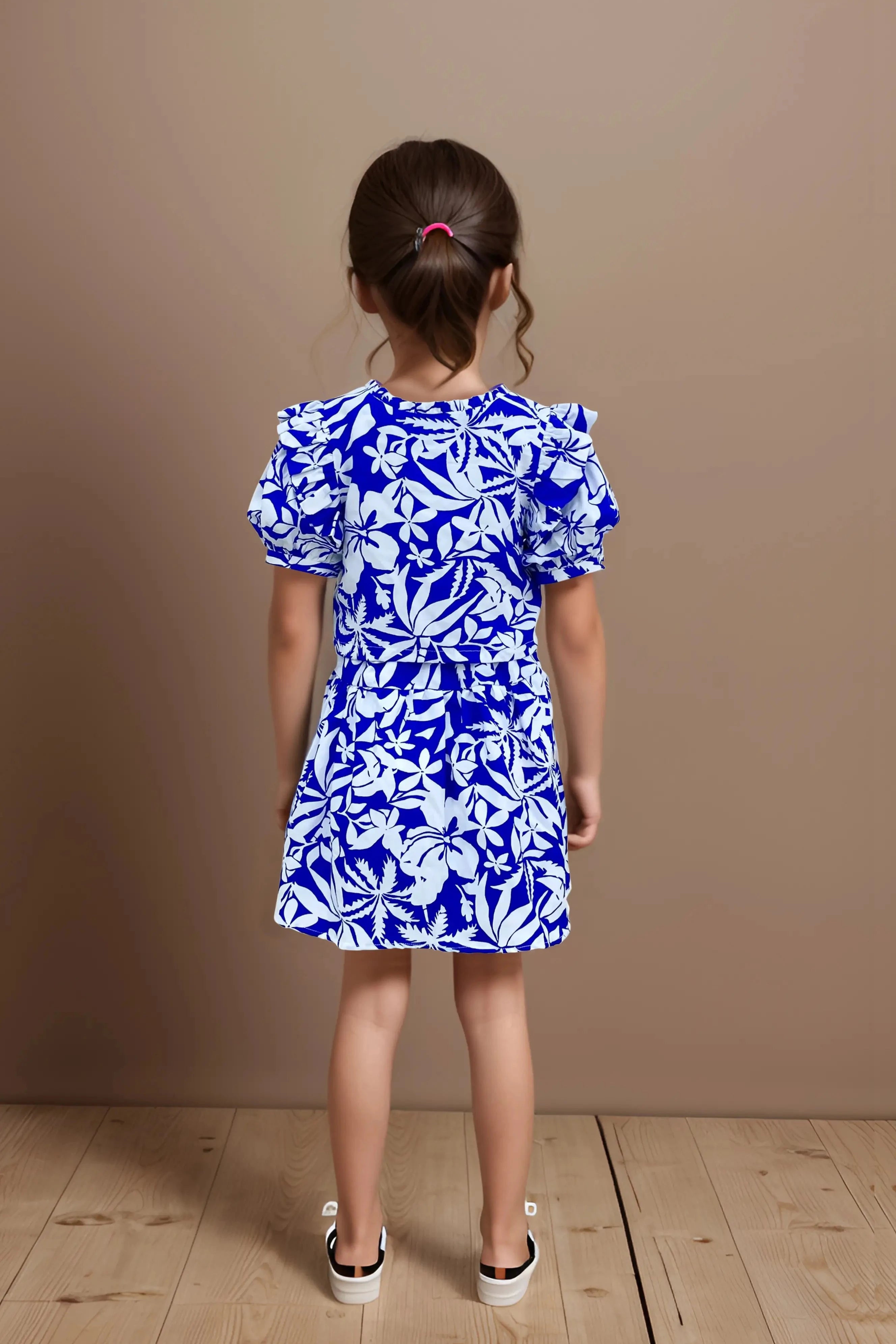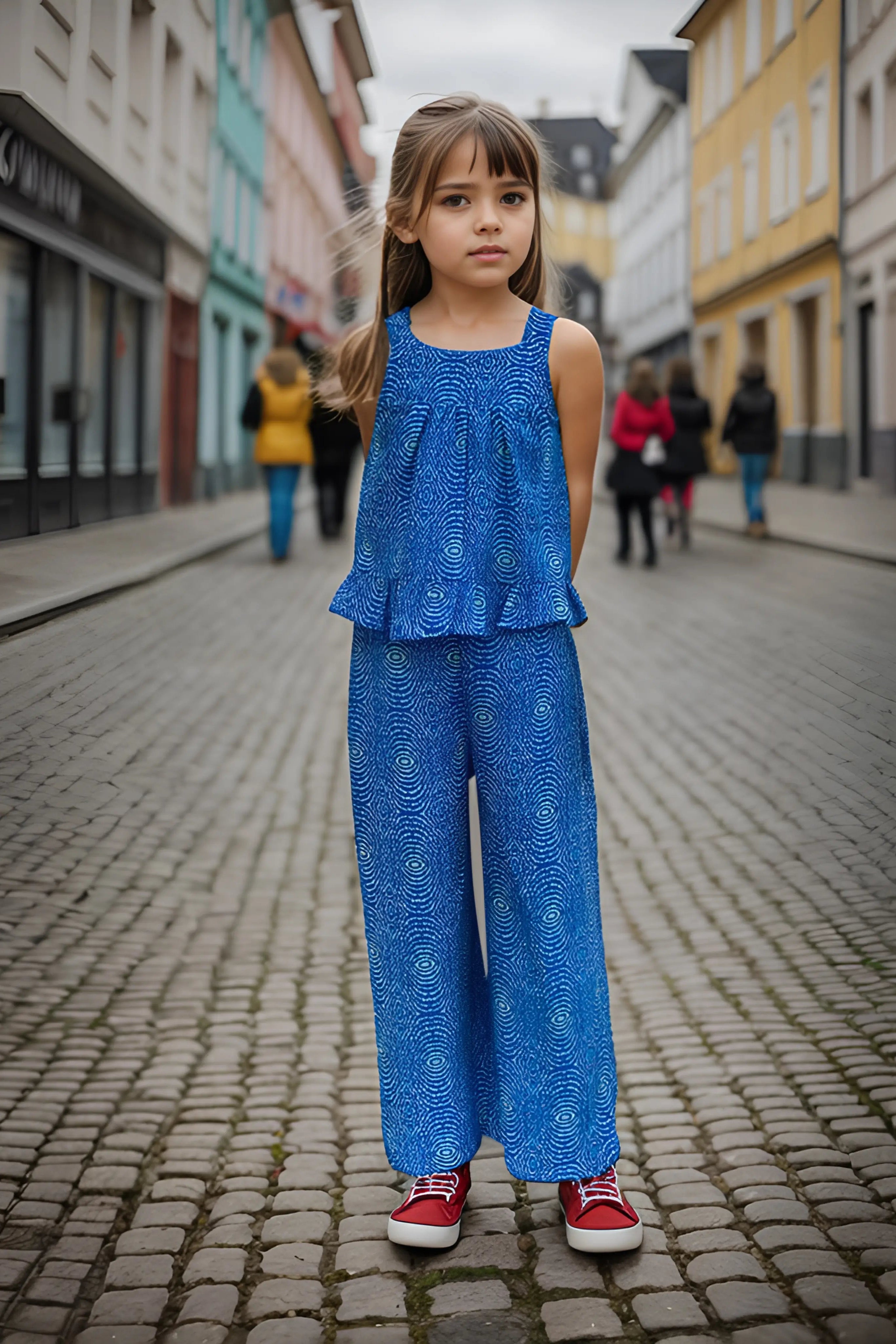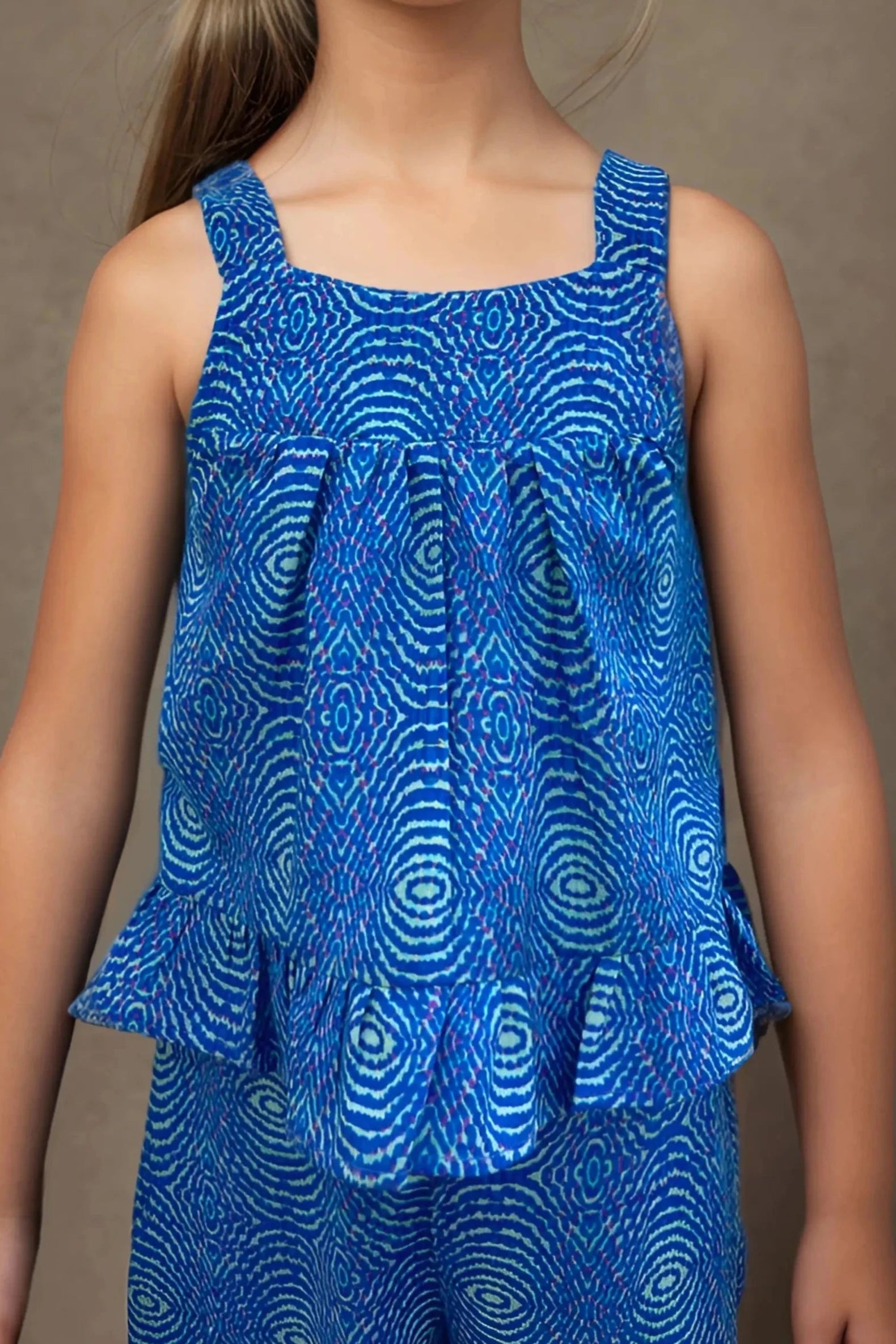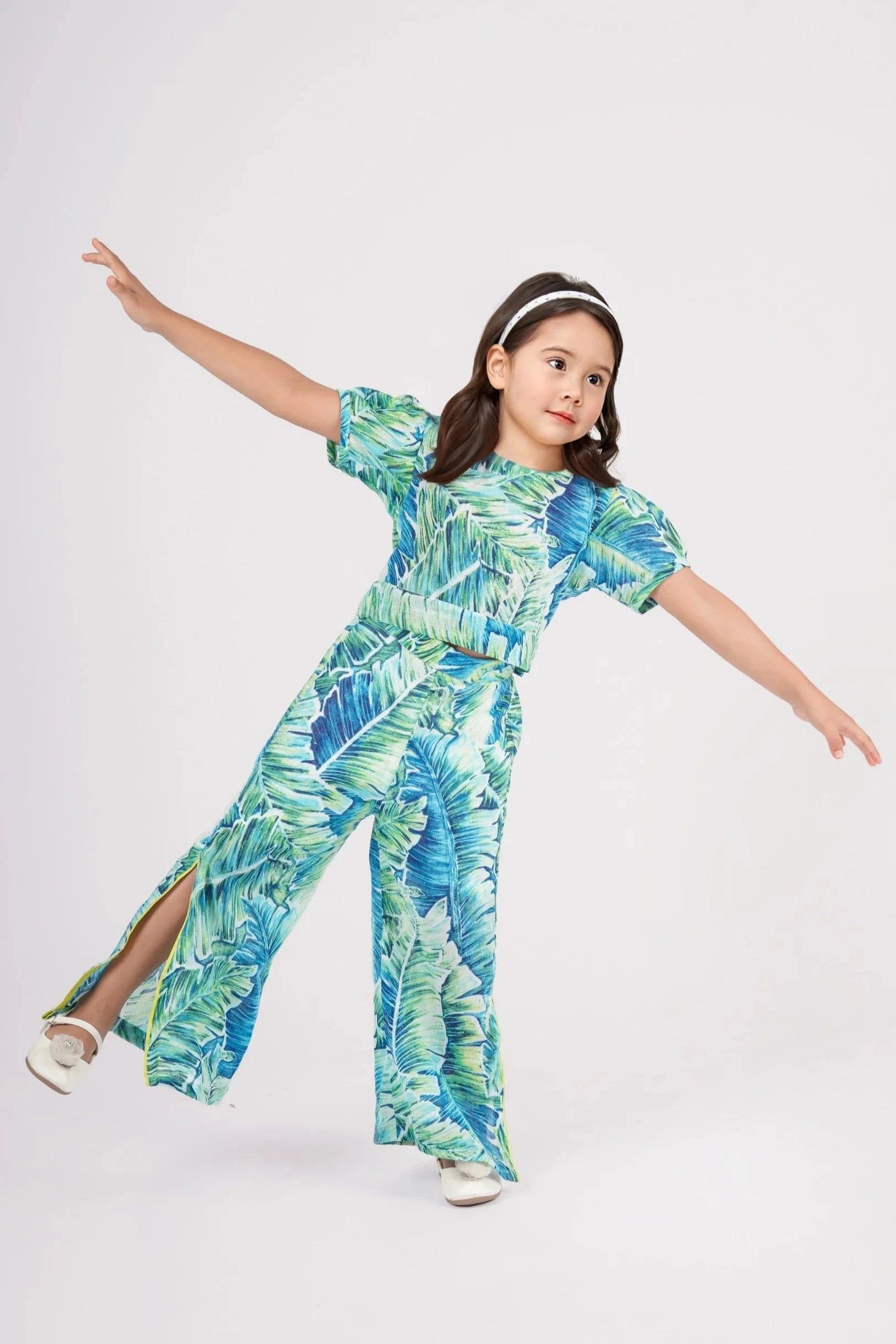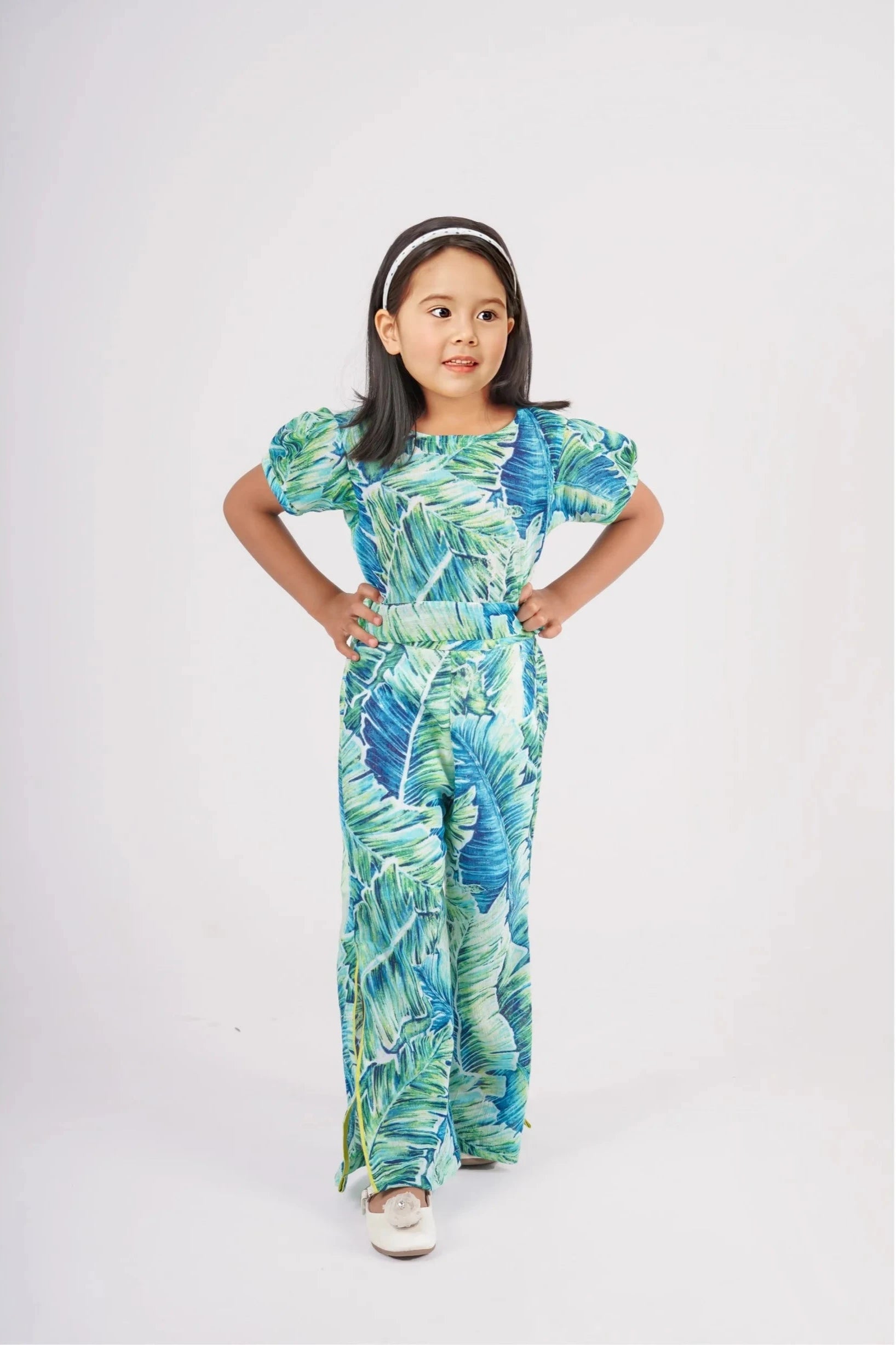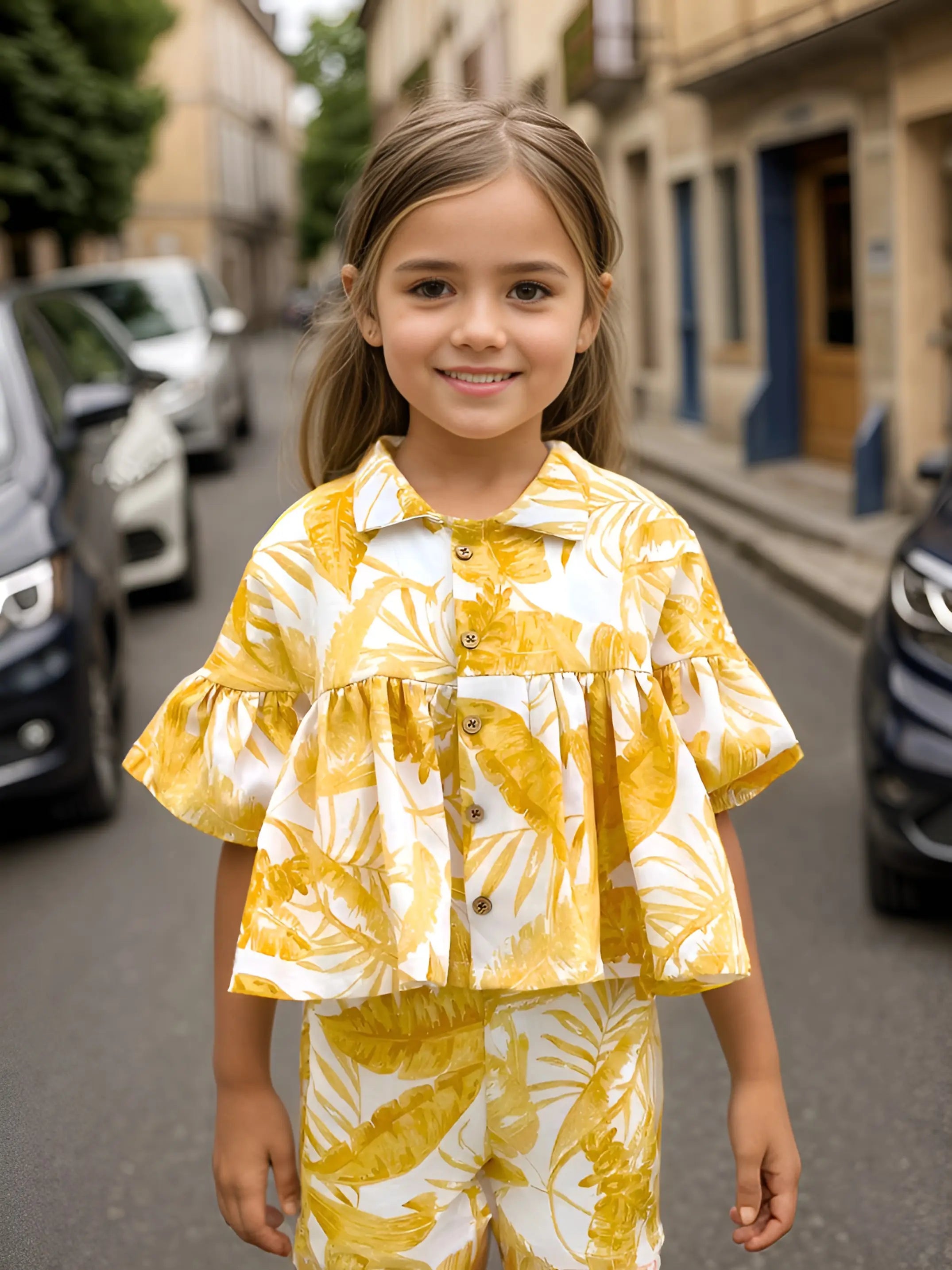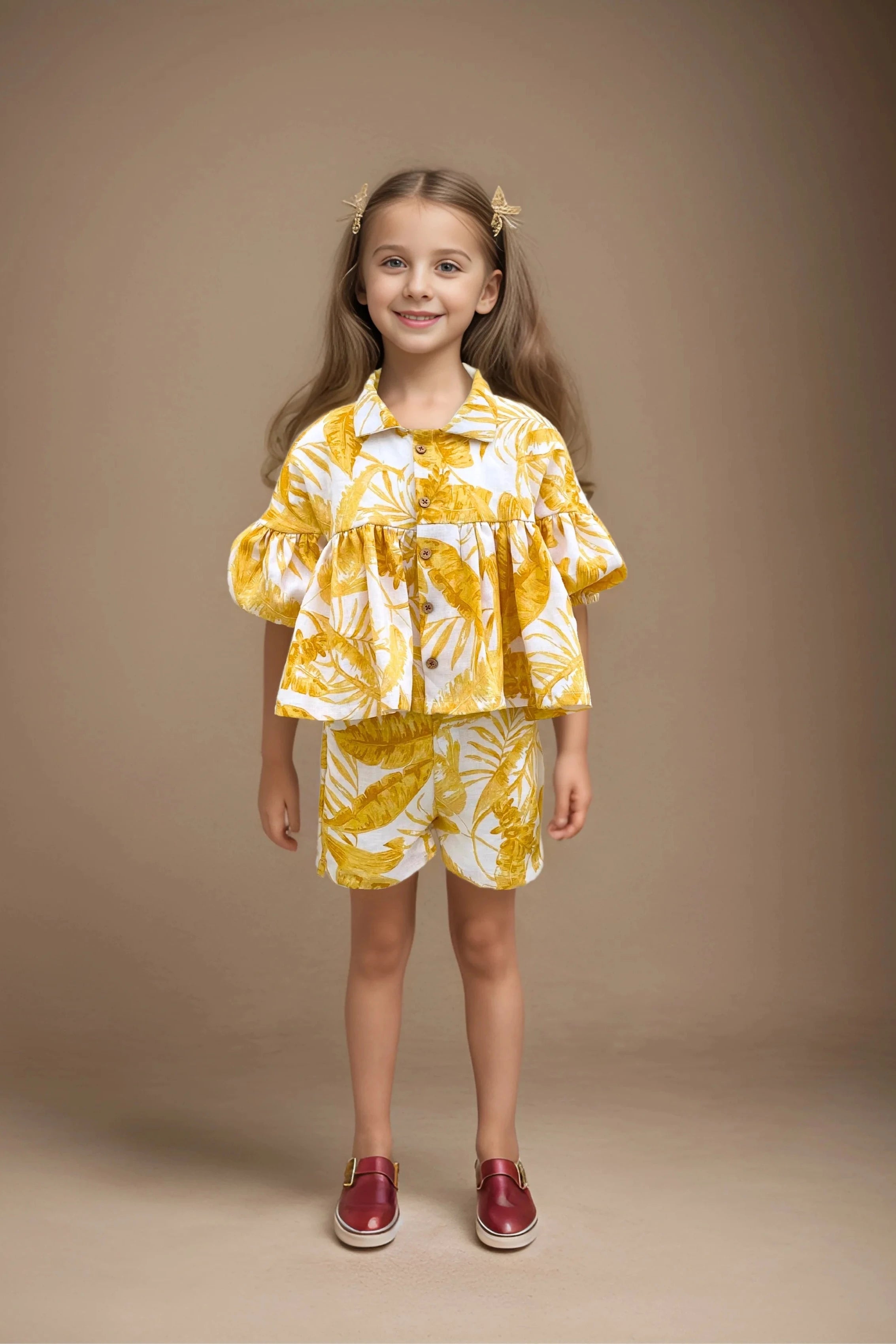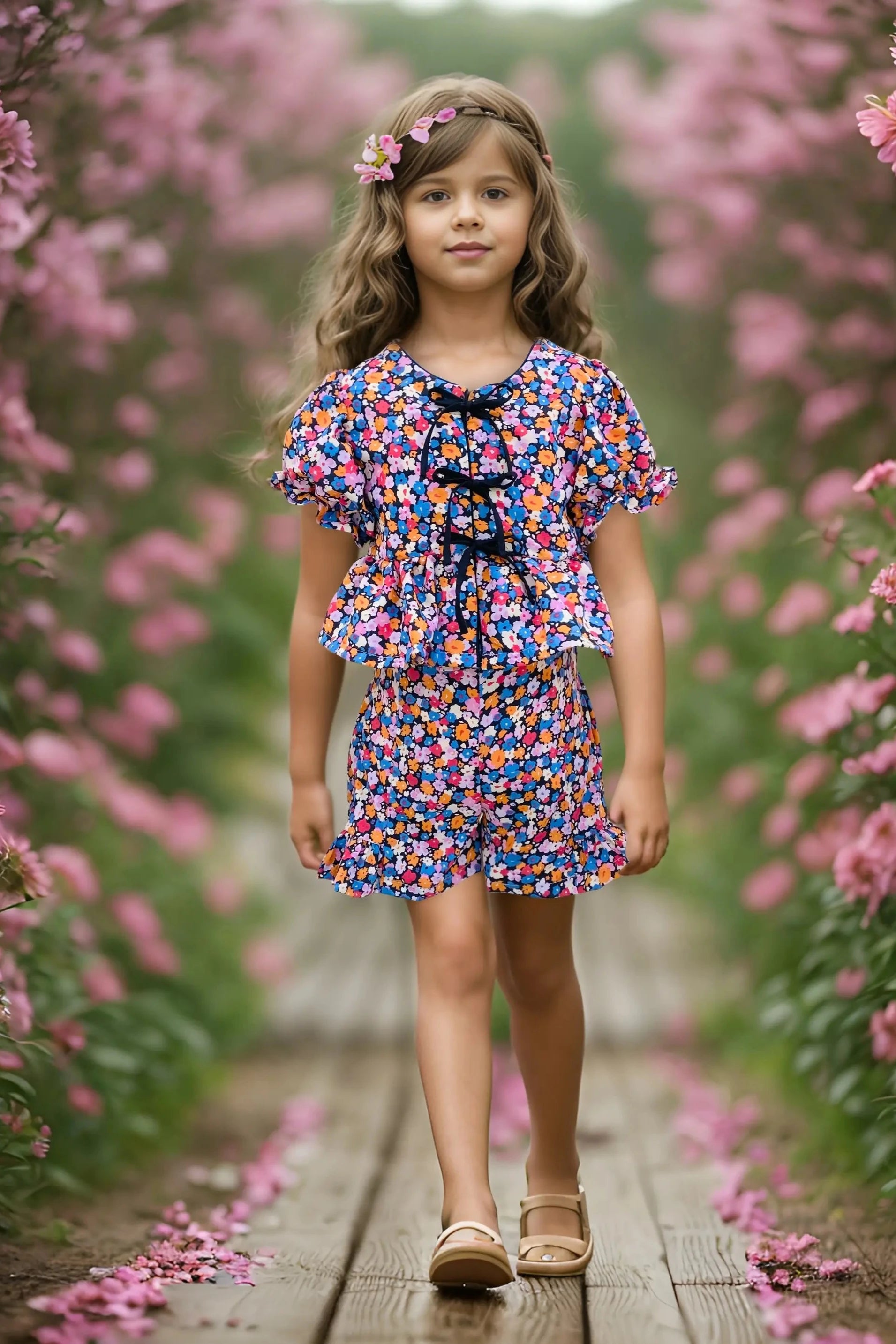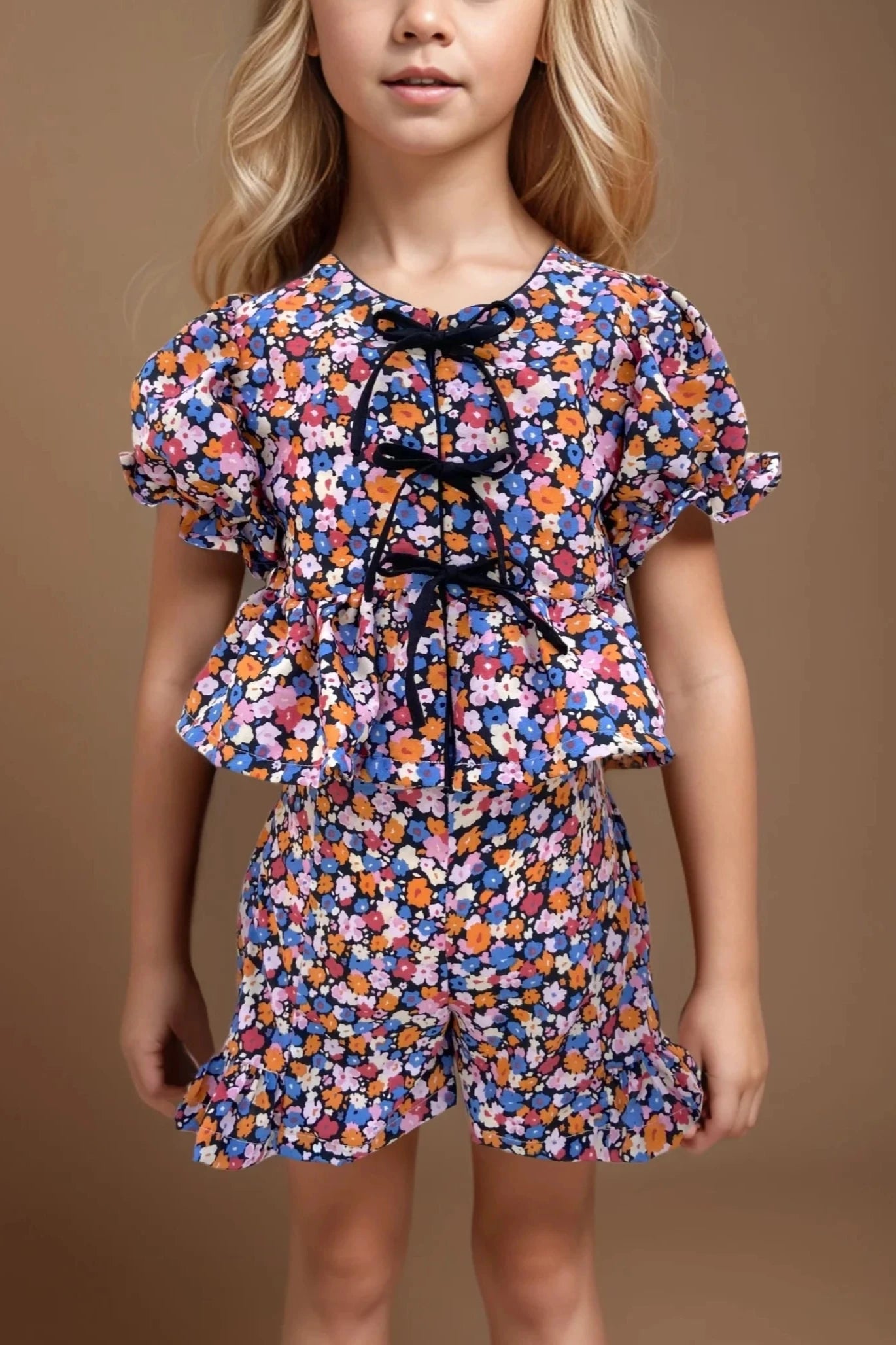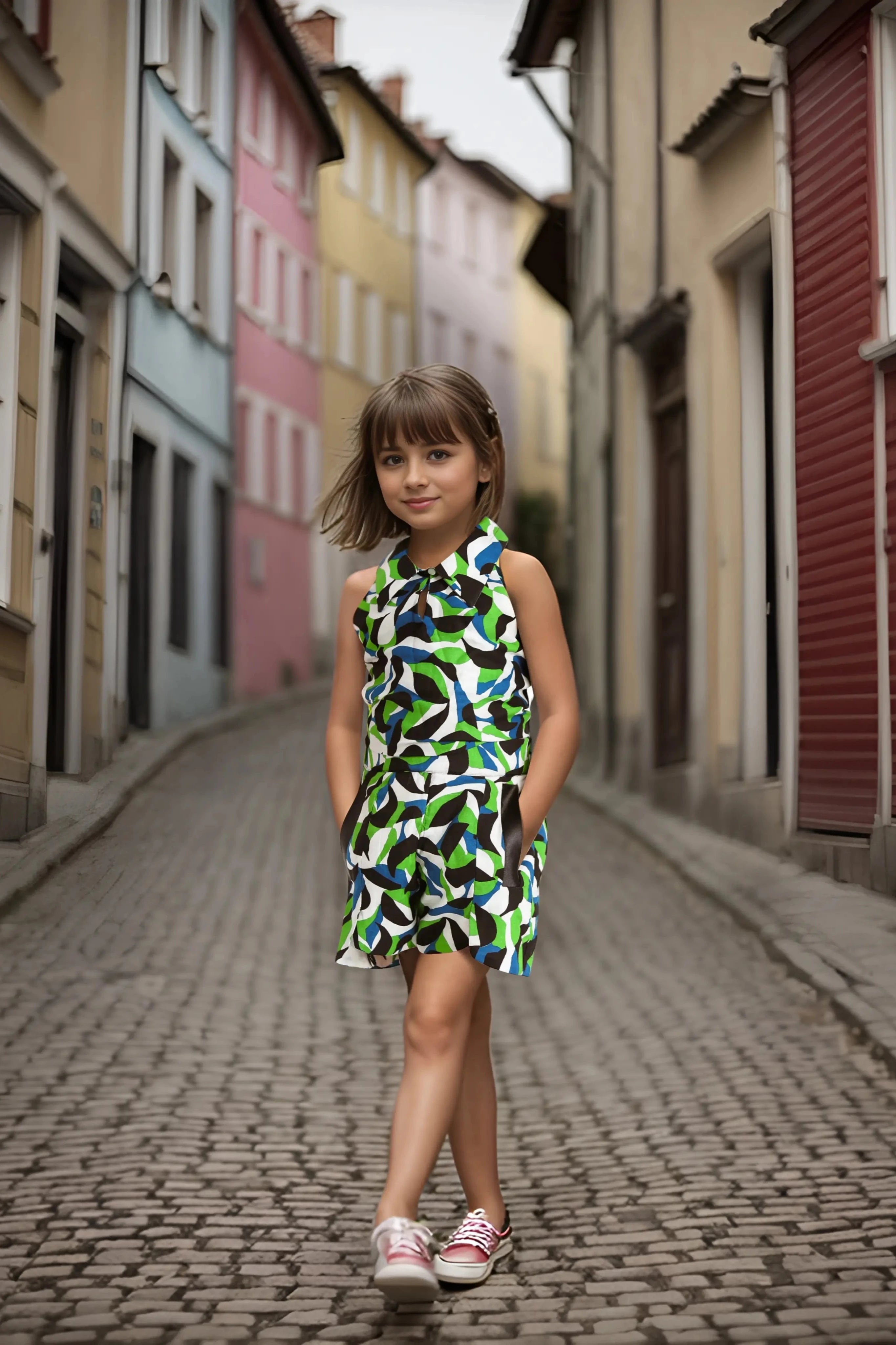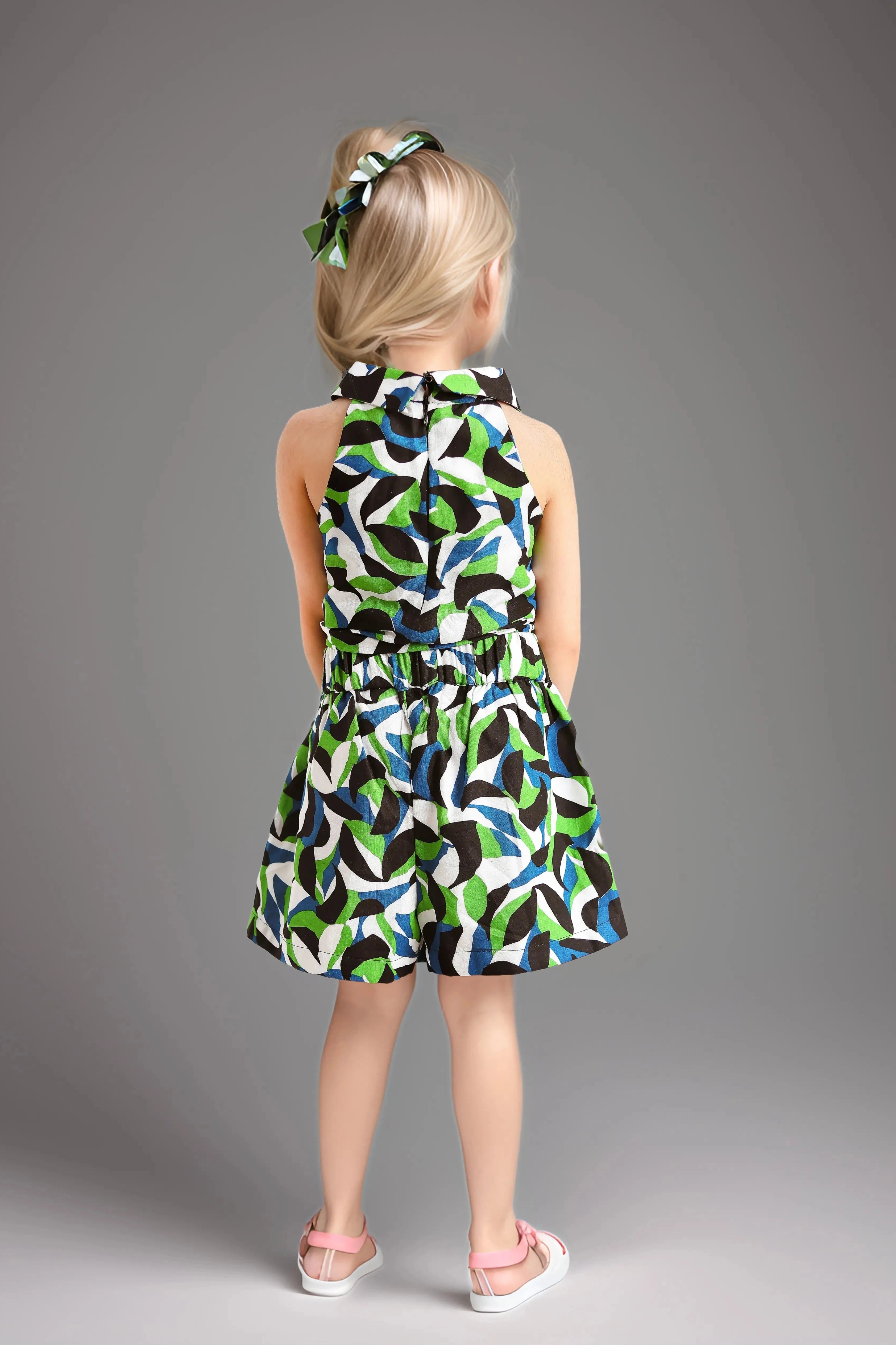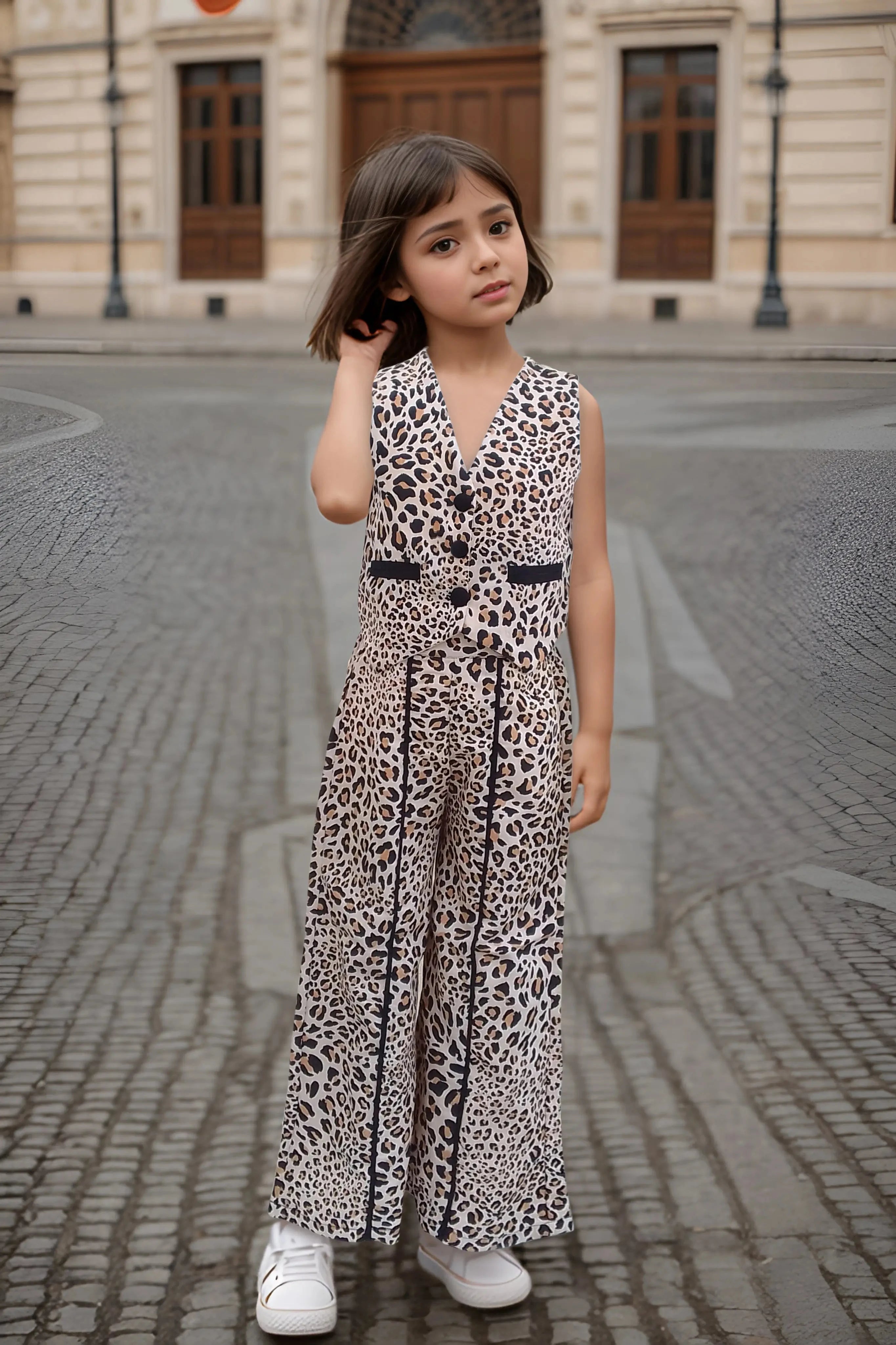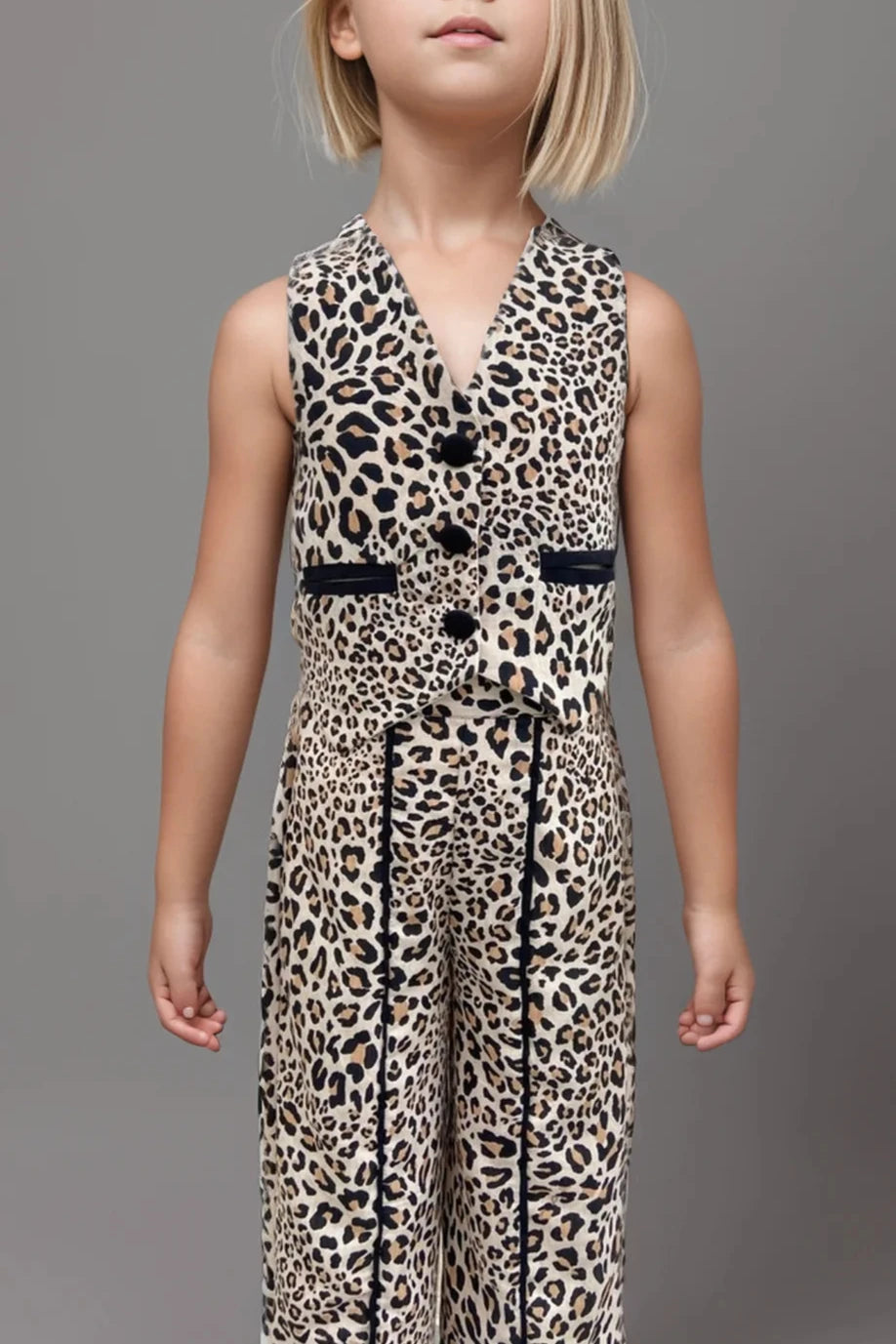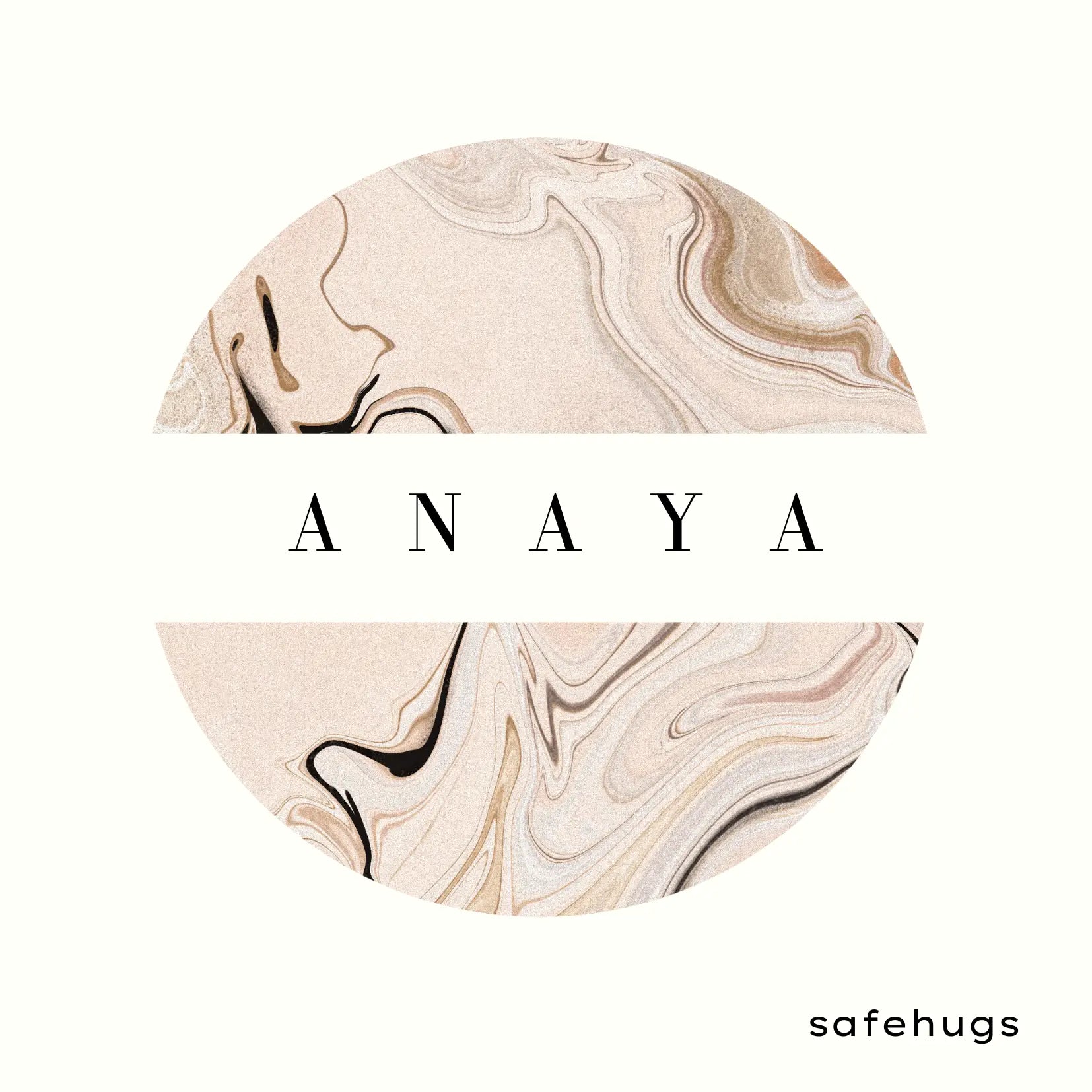Compound Words For Kids (Types & Examples)
Table of Contents
A simple and creative resource to help kids explore compound words through examples, activities, and easy-to-follow explanations.
Ever come across words like sunflower, toothbrush, or rainbow and thought - "Hey, those two words squished together!"? That's exactly what a compound word is. It's when two smaller words join forces to create a brand-new word with its own meaning. Pretty cool, right?
If you're a parent or teacher trying to explain compound words to kids, you've landed in the right place. Here we're going to break it all down - what compound words really are, the different types, tons of easy examples (with pictures!), and even fun worksheets and games to help kids practice.
Whether your little one is just starting to read or already curious about how words work, this is going to be a fun learning ride.
What Are Compound Words?

A compound word is made when two smaller words are joined together to create a new word - one that has its own special meaning! For example, take the word sunflower. It's a mix of sun and flower. Each word has its own meaning, but when joined, they form something new.
Another example: tooth + brush = toothbrush. You use it every day, but it’s actually a neat little word combo.
Think of it like this: word + word = new word with a new meaning
Compound words are everywhere, and once kids start spotting them, they won't be able to stop. It's like finding hidden treasures in language. And yes - butterfly is a compound word too, even if it doesn't quite mean what it sounds like.
Glossary :
Compound Word - A word made by combining two smaller words to create a new meaning.
How Compound Words Are Formed
Compound words are created when two smaller words come together to form a new word with its own unique meaning.
Basic Formation – Two Simple Words Combine:
A compound word is typically formed by joining two meaningful words. For example, the words "snow" and "man" combine to make "snowman." Each word has its own meaning, but when combined, they create a new concept altogether.
Types of Compound Words (With Simple Examples)
Closed Compound Words
These are compound words where the two smaller words are joined together without a space. Think of words like "football" (foot + ball) or "sunlight" (sun + light). They're easy to spot because they're written as one single word.
Examples:
| Closed Compound Word | Closed Compound Word |
|---|---|
| Notebook | Sunflower |
| Toothbrush | Football |
| Bedroom | Snowman |
| Raincoat | Mailbox |
| Classroom | Firefly |
Hyphenated Compound Words
These compound words are joined by a hyphen. Words like "mother-in-law" or "well-being" are examples. You’ll often find hyphenated compound words in cases where it helps make the meaning clearer or easier to read.
Examples:
| Hyphenated Compound Word | Hyphenated Compound Word |
|---|---|
| Mother-in-law | Well-known |
| Part-time | Up-to-date |
| Check-in | Brother-in-law |
| Self-esteem | One-way |
| Runner-up | Long-term |
Open Compound Words
These words remain as two separate words but are used together to create a new meaning. For example, "ice cream" (ice + cream) or "post office" (post + office) are open compound words. Even though the words are separate, they are commonly used together to form a new concept.
Examples:
| Open Compound Word | Open Compound Word |
|---|---|
| Post office | Full moon |
| Ice cream | High school |
| Living room | Coffee table |
| Real estate | Bus stop |
| Fire drill | Hair dryer |
How It Works in Real Life:
The beauty of compound words is that they can take two simple things and turn them into something unique. Imagine if you could combine "star" and "fish" to create a new creature - the "starfish". It's the same logic that applies to all compound words: you start with familiar parts, then combine them to create something new!
Fun & Easy Examples Compound Word for Kids
Learning compound words doesn't have to feel like homework - it can actually be a lot of fun! Here are some easy-to-understand examples that kids will love. These are words they see, hear, and use every day.

|
Compound Word |
Breakdown |
|
Cupcake |
cup + cake |
|
Popcorn |
pop + corn |
|
Milkshake |
milk + shake |
|
Rainbow |
rain + bow |
|
Sunlight |
sun + light |
|
Snowflake |
snow + flake |
|
Butterfly |
butter + fly |
|
Ladybug |
lady + bug |
|
Dragonfly |
dragon + fly |
|
Backpack |
back + pack |
|
Notebook |
note + book |
|
Toothbrush |
tooth + brush |
Compound Words List (A to Z)
Now that you've learned about compound words and how they're made, let's dive into a comprehensive A to Z list of compound words! This list will help you see just how many compound words are used in everyday life. From animals to everyday objects, you'll notice that compound words are everywhere! Here's a fun and easy-to-understand list of compound words that your child can refer to for practice and exploration.
|
Compound Word |
Breakdown |
|
A |
|
|
Airplane |
air + plane |
|
Applesauce |
apple + sauce |
|
B |
|
|
Basketball |
basket + ball |
|
Bedtime |
bed + time |
|
C |
|
|
Cupcake |
cup + cake |
|
Classroom |
class + room |
|
D |
|
|
Doorbell |
door + bell |
|
Dragonfly |
dragon + fly |
|
E |
|
|
Earthquake |
earth + quake |
|
Eyewear |
eye + wear |
|
F |
|
|
Firetruck |
fire + truck |
|
Footprint |
foot + print |
|
G |
|
|
Grasshopper |
grass + hopper |
|
Goldfish |
gold + fish |
|
H |
|
|
Handshake |
hand + shake |
|
Haircut |
hair + cut |
|
I |
|
|
Icecream |
ice + cream |
|
Inkwell |
ink + well |
|
J |
|
|
Jellyfish |
jelly + fish |
|
Jackknife |
jack + knife |
|
K |
|
|
Keyboard |
key + board |
|
Kingfisher |
king + fisher |
|
L |
|
|
Lighthouse |
light + house |
|
Laptop |
lap + top |
|
M |
|
|
Moonlight |
moon + light |
|
Mailbox |
mail + box |
|
N |
|
|
Notebook |
note + book |
|
Nighttime |
night + time |
|
O |
|
|
Overcoat |
over + coat |
|
Outfield |
out + field |
|
P |
|
|
Pancake |
pan + cake |
|
Playground |
play + ground |
|
Q |
|
|
Quicksand |
quick + sand |
|
Quarterback |
quarter + back |
|
R |
|
|
Rainbow |
rain + bow |
|
Raincoat |
rain + coat |
|
S |
|
|
Skateboard |
skate + board |
|
Sunflower |
sun + flower |
|
T |
|
|
Toothbrush |
tooth + brush |
|
Timekeeper |
time + keeper |
|
U |
|
|
Underwear |
under + wear |
|
Uptime |
up + time |
|
V |
|
|
Volleyball |
volley + ball |
|
V-neck |
V + neck |
|
W |
|
|
Waterfall |
water + fall |
|
Wheelchair |
wheel + chair |
|
X |
|
|
X-ray |
X + ray |
|
Y |
|
|
Yardstick |
yard + stick |
|
Yellowtail |
yellow + tail |
|
Z |
|
|
Zookeeper |
zoo + keeper |
|
Zipline |
zip + line |
Compound Word Sentences for Kids
Once kids know what compound words are, the best way to remember them is by using them in sentences! Here are some short, cheerful sentences using common compound words - perfect for little learners:
- I packed my lunchbox for school.
- Look at the stars in the nighttime sky!
- She wore her raincoat because it was pouring outside.
- We saw a butterfly in the garden.
- Dad used a toothbrush to clean his teeth.
- My classroom has colorful charts and books.
- We made a snowman in the winter.
- The dog chased the firefly around the yard.
- I love to eat cupcakes at parties!
- Mom put a bookmark in my bedtime storybook.

Check what you have learned using this worksheet!
Fun Compound Word Activities for Kids
Learning compound words doesn't have to be boring! With the right activities, kids can have tons of fun while mastering compound words. In this section, we'll share some creative and simple activities that will help children understand how compound words work and also give them a chance to play and explore. Let's dive in!
1. Compound Word Match-Up Game
A fun way to get kids to connect the dots is by playing a match-up game. Create cards with different words written on them (like "snow," "man," "sun," "flower," etc.). Then, have your child match the words together to form compound words, like snowman or sunflower. This game helps kids visually understand how two words combine to form a new one.
2. Compound Word Puzzles
Turn compound word learning into a puzzle! Write different compound words on pieces of cardboard, then cut them into two parts (e.g., "sun" and "flower" for sunflower). Mix them up and challenge your child to put the pieces back together to form the correct compound word. You can even make it more exciting by setting a timer to see how quickly they can solve the puzzle.
3. Create Your Own Compound Words
Encourage your child to get creative by making their own compound words! Have them choose two words they think would make a fun or silly compound word. For example, "dog" + "treat" = "dogtreat," or "moon" + "cake" = "mooncake." This activity encourages imagination and helps them understand how compound words are formed.
4. Compound Word Scavenger Hunt
Go on a compound word scavenger hunt around the house or yard. Look for everyday objects that are compound words, like "backpack," "notebook," or "toothbrush." Write these words on a list and see how many compound words they can find. This activity is not only fun but also helps children recognize compound words in their daily environment.
5. Compound Word Sorting
To help kids understand the different types of compound words (closed, hyphenated, and open), create a set of words and ask them to sort them into the correct categories. For example, "snowman" goes under closed compound words, "mother-in-law" goes under hyphenated compound words, and "ice cream" goes under open compound words. This activity reinforces the idea that compound words can take different forms.
6. Compound Word Storytelling
Storytelling is a great way to get kids involved in compound words. Ask them to tell a story that includes at least five compound words. For example, "The snowman went to the playground where he met a butterfly. They played until it was nighttime." This helps them use the words in context and shows how they make the story more fun!
7. Compound Word Art
Let kids get creative with compound word art! Write a compound word like "rainbow" on a piece of paper and ask your child to illustrate it. They can draw raindrops and a colorful rainbow. This activity reinforces the meaning of the compound word through art, making it more memorable for young learners.
Tips for Parents and Teachers
Helping children learn about compound words can be a fun and rewarding experience, but it requires the right approach to keep them engaged and excited. Whether you're a parent or a teacher, here are some helpful tips to make learning compound words an enjoyable and effective process!
1. Use Real-Life Examples
Kids love seeing how learning connects to their everyday lives. Point out compound words during daily activities - like "toothbrush" while brushing their teeth or "basketball" during playtime. The more they hear and see these words in context, the better they'll understand how they work!
2. Keep It Visual
Children, especially younger ones, are visual learners. Use flashcards, pictures, and drawings to illustrate compound words. For example, you could show a picture of a "snowman" and a "butterfly" and explain how two words come together to form a new one. Visual aids make the concept clearer and more engaging.
3. Break It Down Into Steps
Learning compound words can be tricky for young kids, so break the process down. Start with basic words they already know and then combine them. For instance, begin with words like "sun" and "flower" before moving to more complex ones like "sunflower." This gradual approach will help them feel confident as they progress.
4. Make Learning Interactive
Children learn best when they’re actively involved. Ask them to create compound words, either with physical objects (like blocks) or by drawing them. You could also have them act out the compound words—showing them how "ice cream" melts or pretending to be a "snowman." The more interactive, the better!
5. Use Rhymes and Songs
Rhymes and songs make learning compound words fun and memorable. Sing simple songs that use compound words (like "twinkle, twinkle, little star") or create a rhyme using compound words. This auditory learning technique will help kids remember the words through repetition and rhythm.
6. Celebrate Progress
Celebrate your child's progress to encourage them to keep learning. Whether they're able to match two words together, create a new compound word, or use them in a sentence, acknowledging their effort boosts confidence and motivation. Small rewards or positive reinforcement go a long way!
7. Be Patient and Encouraging
Every child learns at their own pace, and that's okay. Be patient and offer plenty of encouragement. If they don't get it right away, no worries! Keep practicing, use a variety of methods, and provide lots of praise. Remember, it's all about making the learning process enjoyable!
8. Reinforce Learning Through Play
Learning doesn't have to happen only during study time. Reinforce compound word knowledge through play. Whether it's during a game of "compound word bingo" or a "compound word scavenger hunt," playful activities help reinforce concepts and make learning stick.
9. Be Creative and Have Fun!
Above all, be creative and make learning compound words fun! Think of ways to incorporate compound words into stories, games, and arts and crafts. When kids see that learning can be enjoyable and exciting, they'll be more likely to keep exploring language in fun ways.
Compound Word Worksheets For Kids


Compound words are a fun and fascinating part of language that help kids understand how words come together to create new meanings. From simple combinations like "toothbrush" to more complex ones like "sunglasses case," compound words open up a world of possibilities for creative learning and expression. By exploring these words through fun activities, real-life examples, and interactive games, parents and teachers can make the learning process engaging and enjoyable for children.
Remember, whether they're creating new words, identifying them in stories, or playing games, children learn best when they're having fun. So, keep it playful, be patient, and watch as kids begin to master the magic of compound words!
Related:
- Check out our blog on 100+ Opposites for Kids in English.
- Check out our blog on Sight Words for Kids in English.
- Check out our blog on 100+ Action Words in English for Kids.
- Check out our blog on Common Two Letter Words for Kids.
FAQ'S
1. What age can kids start learning compound words?
Kids can start learning compound words as early as 4-5 years old, once they have a basic vocabulary. Simple compound words like "sunflower" or "snowman" are great starting points.
2. Why are some compound words open and some closed?
Compound words can be closed (no space, like "toothbrush") or open (with a space, like "ice cream") based on historical usage and ease of pronunciation.
3. Are all two-word phrases compound words?
Not all two-word phrases are compound words. For example, "post office" is an open compound word, but many two-word combinations don't form a single concept or word.
4. Can compound words be hyphenated?
Yes, some compound words are hyphenated (e.g., "mother-in-law" or "well-known") to make them easier to read and understand.
5. Can compound words have more than two parts?
Yes, compound words can have more than two parts, like "basketball hoop" or "sunglasses case," where multiple smaller words combine to create a new meaning.




